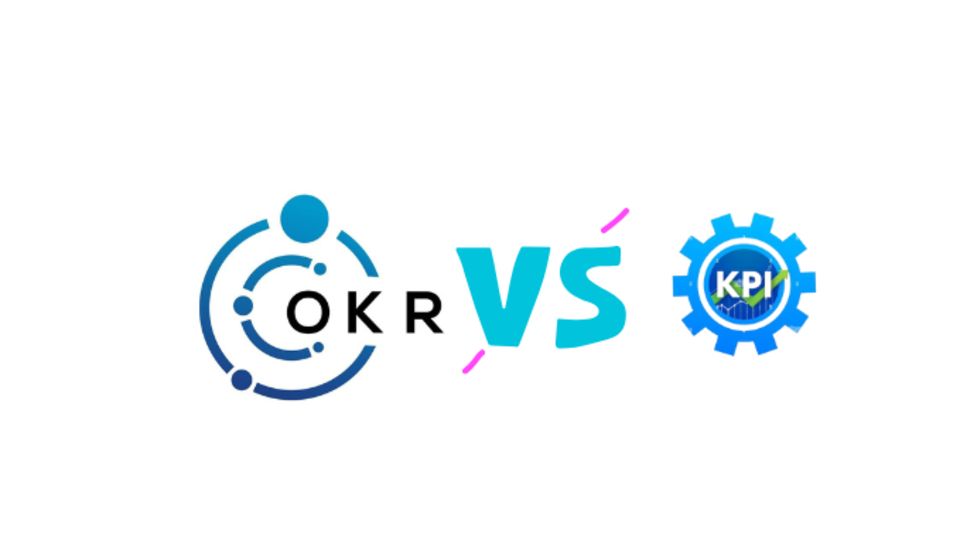OKR vs. KPI: Unleashing Performance through the Right Measures
In business objective lingo, you've probably come across OKRs and KPIs. Although both play vital roles in quantifying achievement, they fulfill different functions. Let's unlock the OKR vs. KPI mystery and uncover their principal similarities and dissimilarities.
KPIs: Quantifying Performance, Not Direction
Key Performance Indicators (KPIs) are quantifiable, specific measures that indicate the performance of a business or an activity. They provide the answer to the question, "How are we doing?"
Emphasize current performance.
Monitor progress toward current goals.
Examples: Web traffic, revenue from sales, customer satisfaction ratings.
Ideal for measuring operational effectiveness.
OKRs: Setting Ambitious Goals and Driving Progress
Objectives and Key Results (OKRs) are a framework for setting goals that establishes ambitious, qualitative goals and measurable key results. They address the question, "Where are we going?"
Prioritize the attainment of strategic objectives.
Motivate teams to aim for ambitious goals.
Examples: Grow market share (Objective), as measured by a 20% sales increase (Key Result).
Excellent for fostering innovation and growth.
Similarities and Key Differences
Similarities: Both OKRs and KPIs are utilized to gauge progress, offer data-driven insights, and encourage accountability.
Differences:
Focus: KPIs measure performance, OKRs set strategic objectives.
Timeframe: KPIs are usually continuous, OKRs are usually for certain periods (e.g., quarterly).
Nature: KPIs tend to be operational, OKRs tend to be more strategic.
Ambition: OKRs stimulate stretch targets, KPIs measure current performance.
